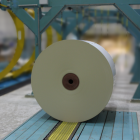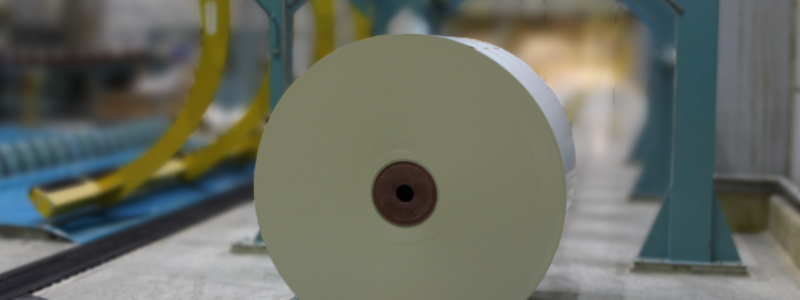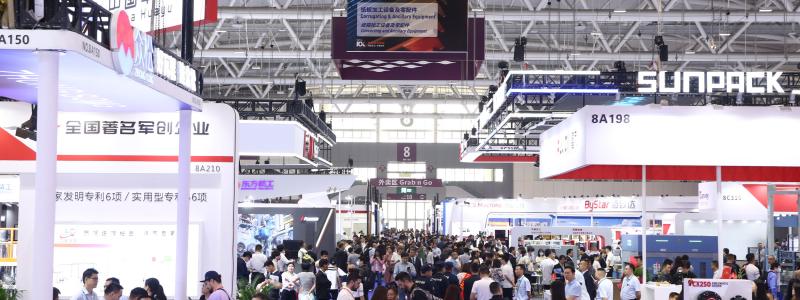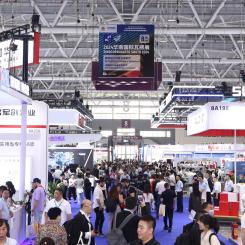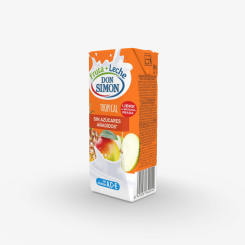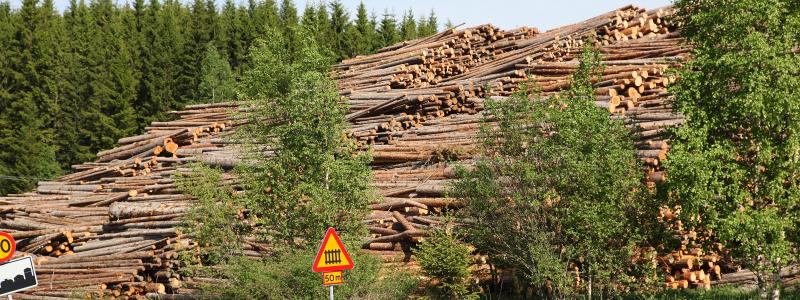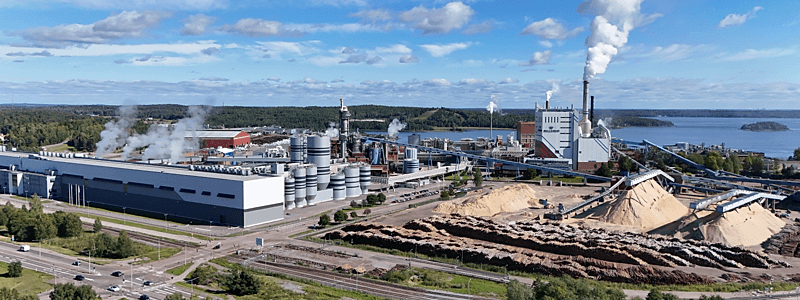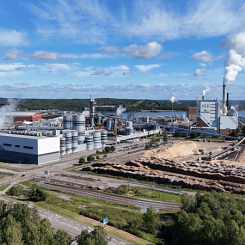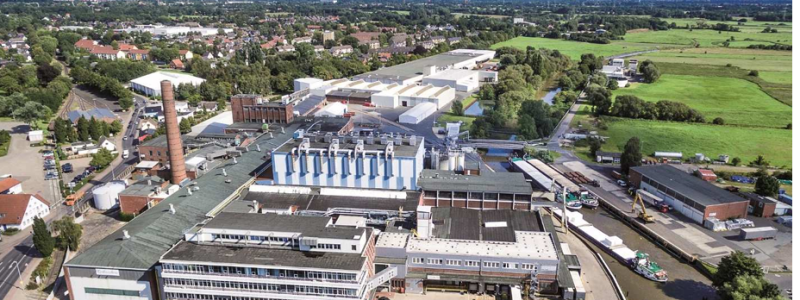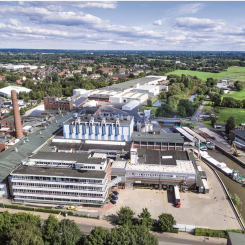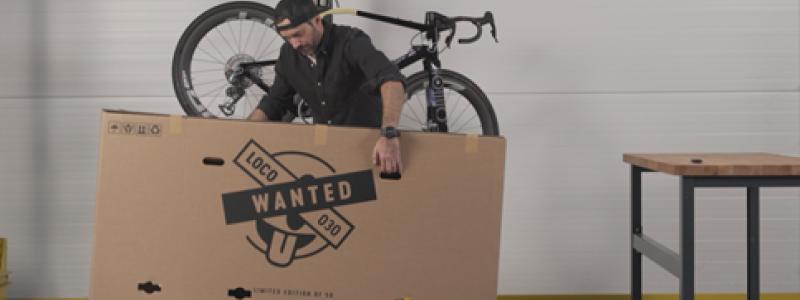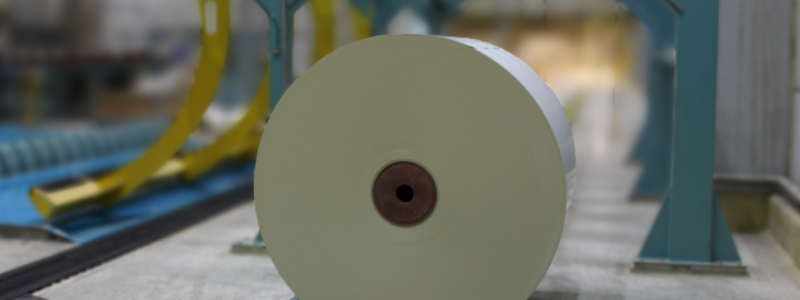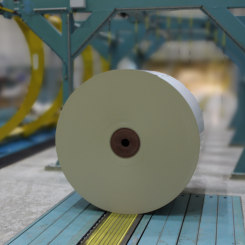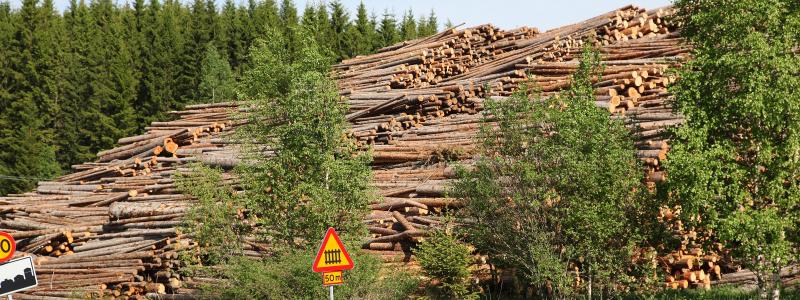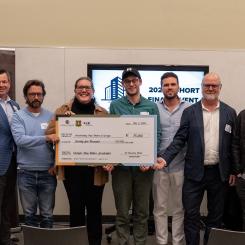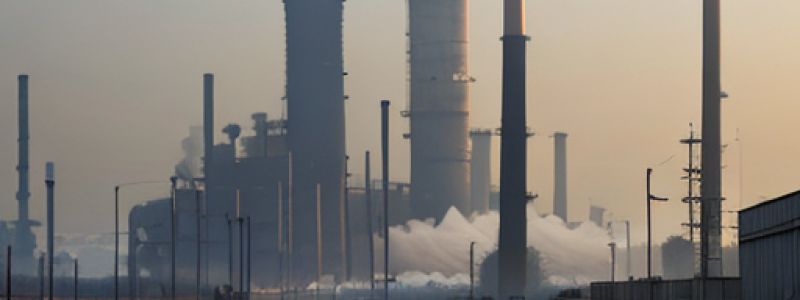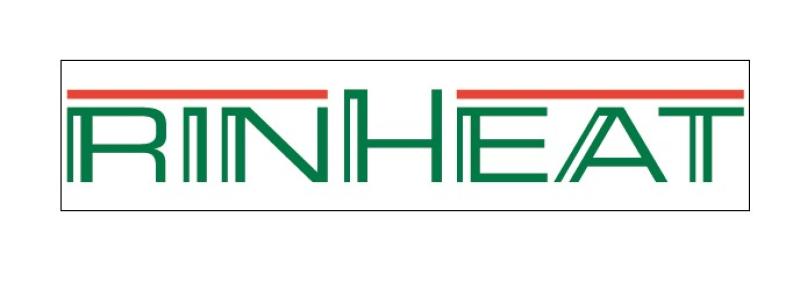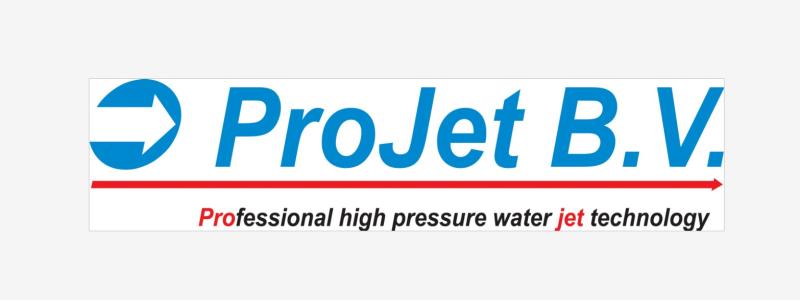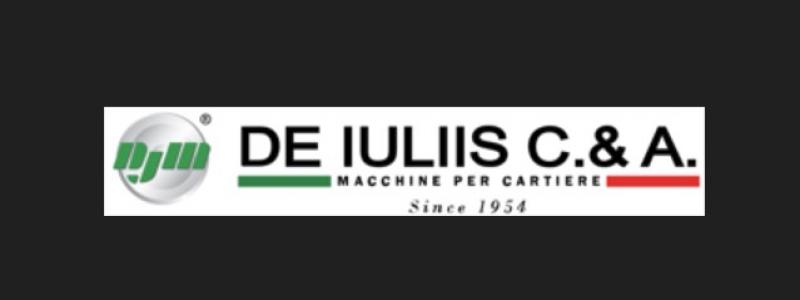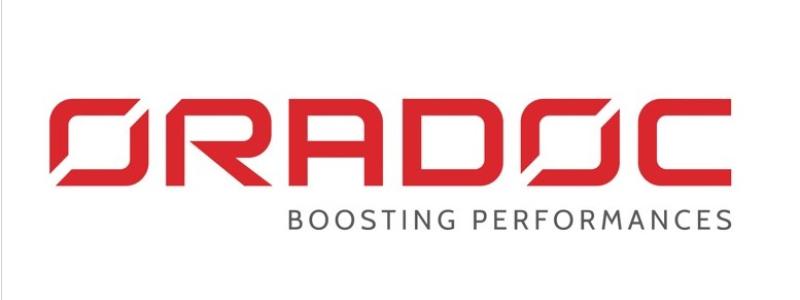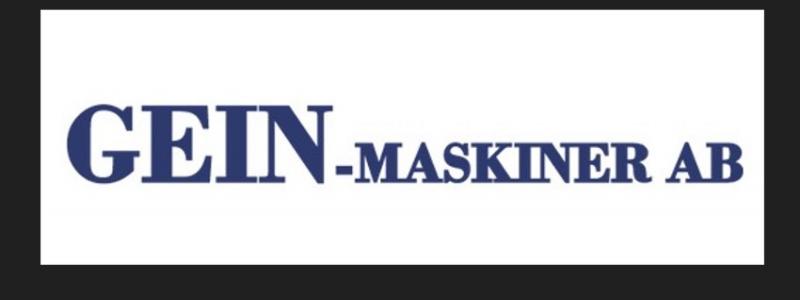In June the Swedish Fibreline Committee and its members were briefed on an alternative approach for measuring black and white liquor flows on continuous digesters. The technology has been installed at mills in Sweden and stems from an idea that came into play when a mill approached me 2019 says Ulf Johansson at Endress+Hauser, the Swiss manufacturer of field instrumentation. Digester liquor flows are a classical challenge for most kraft mills. I saw it already 20 years ago and upon my return to the industry I learned this was still an issue. It spurred me to invest time in a solution.
Background
Steady pulp digester operation is crucial for the whole mill economy. Selective delignification is key.
Accurate and dependable flow control is vital for managing alkali balance in chemical pulping. Unreliable flow information lead to Kappa variations that affect the runnability, yield and profit.
The flow elements sensing liquor flows are known to be high maintenance positions owing to the challenging process conditions. Downtime normally occur from vacuum damages or pipe scaling. Since continuous digesters often don´t allow maintenance between annual shutdowns this means a damaged or coated flowmeter directly impact the alkali balance control. Until next shutdown it becomes a guesswork for the operators to make up for the lost flow information.
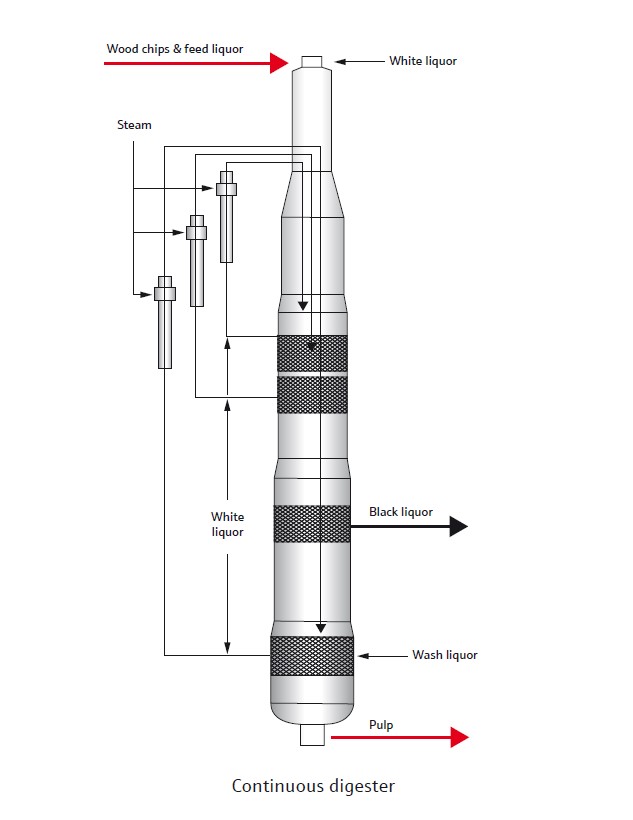
Situation today
The prevalent technology today on a digester, as for a whole fiber line, is to use electromagnetic flowmeters. But their vacuum resistance cannot be guaranteed since its flow tube is lined with an insulating fluoroplastic liner to allow the velocity induced voltage to appear acc. to Faradays law. The liner is also susceptible to vapor diffusion that cause offsets and eventually short circuit the magnetic coils. Consequently, three other technologies have found use amongst pulp mills, each with varying success.
One has meant going back to the old orifice differential pressure (dP) flow principle that is fully vacuum resistant but subject to blockage of the pressure ports when scaling arises. It also has a limited turn-down since dP increase with the square function of flow, plus its accuracy will decay due to orifice wear.
Another has been to install vortex meters that also cope with vacuum and some scaling. But when the scaling grows thick the amplitude of the vortices becomes too weak for the sensor counting them. That is also the other fundamental drawback of vortex, that vortices do not appear at low flows. So, these meters only functions above a certain threshold and not from zero. The vortex meter also poses an obstruction in the pipeline with its vortex inducing bluff-body.
The last method applied are clamp-on sonic flowmeters that are strapped around the pipe from outside. Allowing easy retrofitting it reduces downtime and becomes a “one size covers all” method. Shortcomings are weak signals when scaling start to arise and the sheer fact it is not a calibrated flowmeter. Thus, it never reaches the 0,5% accuracy that has become the industry benchmark with electromagnetic flowmeters.
Alternative solution Here the acoustic inline flowmeter from Endress+Hauser can become an alternative for all the above. It has no internal liner and thus withstand absolute vacuum. Accuracy wise it is on par with the electromagnetic 0,5%. The signal strength from its unique perpendicular electron-beam welded sensors are superior to existing sonic meters. This specialized welding technology would represent a several million Dollar investment. But since Endress+Hauser already master that through its long heritage of producing Coriolis flowmeters in Switzerland this acoustic model can be produced on the same line. Constructed as a full-bore stainless pipe section it has a rating of 200c/ 392F degrees and PN40/Cl300. Both remote and compact versions are available.
Contact Ulf Johansson to learn more about the technology and the collective experience in Sweden.



